Google has just launched Veo 2, an upgraded version of its AI-powered video tool. Veo 2 can create short, realistic videos in different styles just from simple text prompts. For example, you can tell it to make a “cinematic video in 35mm film,” and it will deliver.
The launch comes just days after OpenAI reopened sign-ups for its text-to-video tool, Sora. With AI tools rapidly advancing, Veo 2 enters the spotlight, offering a major leap in realism, control, and creative potential.
This exciting tool is Google’s answer to OpenAI’s Sora, which has been making waves for its own video generation capabilities.
Key Features of Google Veo 2
- Improved Realism and Detail
Google highlights that Veo 2 has an “improved understanding of real-world physics and the nuances of human movement and expression, which helps improve its detail and realism overall.”
Unlike many AI models that “hallucinate” unwanted details, such as extra fingers or unexpected objects, Veo 2 significantly reduces these errors. This ensures outputs appear more polished and true-to-life.
- Resolution and Visual Styles
Veo 2 can generate clips in a variety of styles and resolutions, up to 4K. However, during its initial rollout, clips will be capped at:
– 720p resolution
– Eight seconds in length
- Cinematography-Like Control
One of Veo 2’s standout features is its understanding of cinematic language.
As Google states: “Veo 2 understands the unique language of cinematography. Ask it for a genre, specify a lens, suggest cinematic effects, and Veo 2 will deliver.”
For instance, prompting Veo 2 with terms like “cinematic, 35mm film” results in footage that mirrors traditional filmmaking techniques. This bridges the gap between AI tools and real-world cinematic workflows.
What is Veo 2, and What Can It Do?
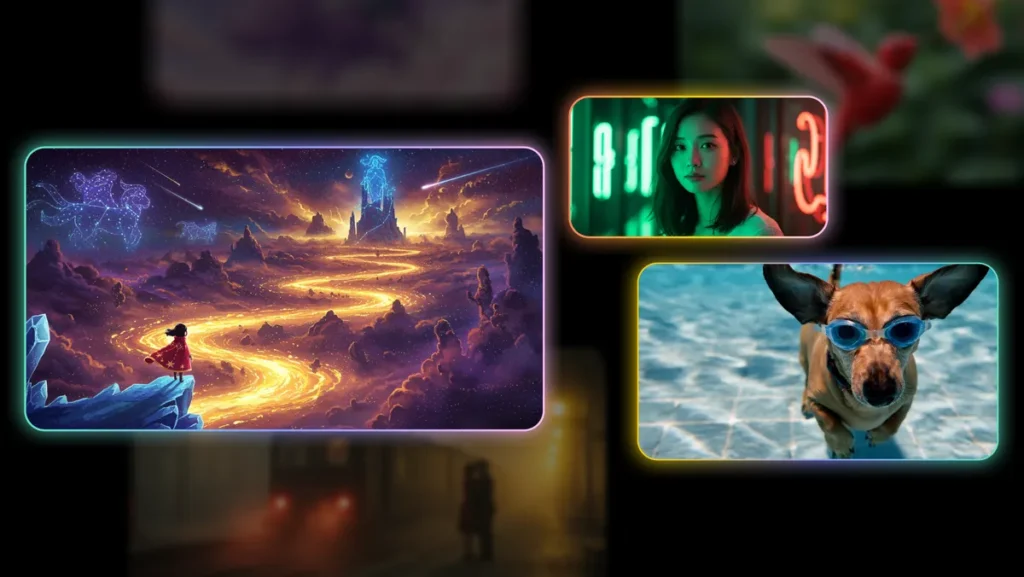
Veo 2 uses artificial intelligence (AI) to generate short videos. Instead of filming with a camera, you type what you want to see, and the tool creates it for you.
Here’s what makes Veo 2 stand out:
- Better Realism: Google says Veo 2 understands “real-world physics and the nuances of human movement and expression.” This means videos look natural and less glitchy.
- Fewer Mistakes: Unlike other tools that might add strange details like extra fingers or floating objects Veo 2 does this far less often.
- Variety of Styles: Veo 2 lets you choose the “look” of the video, such as cinematic styles or special camera effects.
How to Access Veo 2
Currently, Veo 2 is only available through Google Labs’ VideoFX platform on a waitlist basis. Access remains limited, but Google researchers are already showcasing its potential through sample videos on social media.
This rollout strategy mirrors a trend in AI development gradually releasing tools to test performance, gather feedback, and manage demand.
Currently, Veo 2 has some limits:
- Videos are capped at 8 seconds.
- The resolution is 720p.
Despite these limits, Google researchers have already shared impressive videos on social media to show its potential.
What Twitter Users Are Saying About Veo 2
The release of Veo 2 has sparked conversations across social media. Creators and tech enthusiasts are already testing the tool and sharing their thoughts on its capabilities.
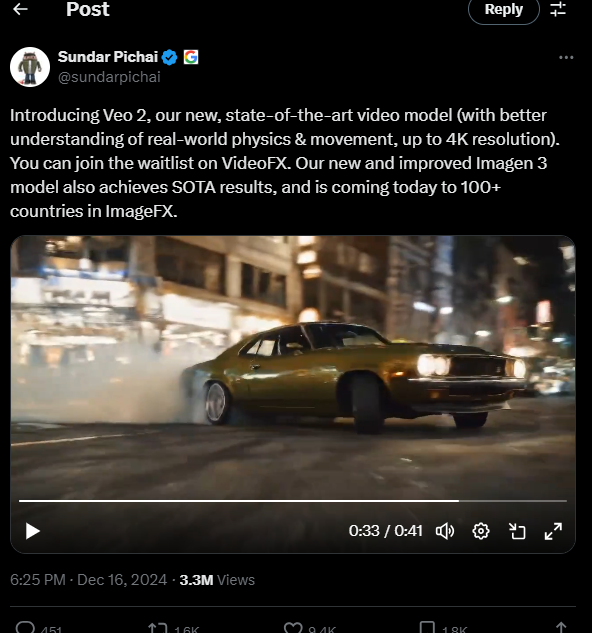
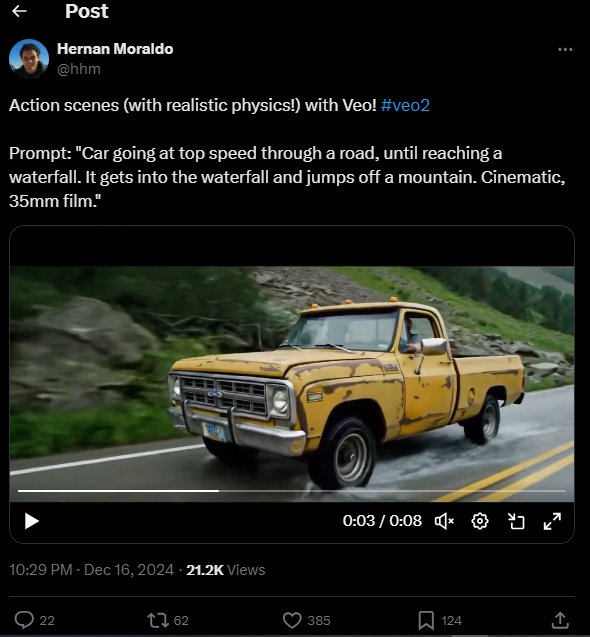
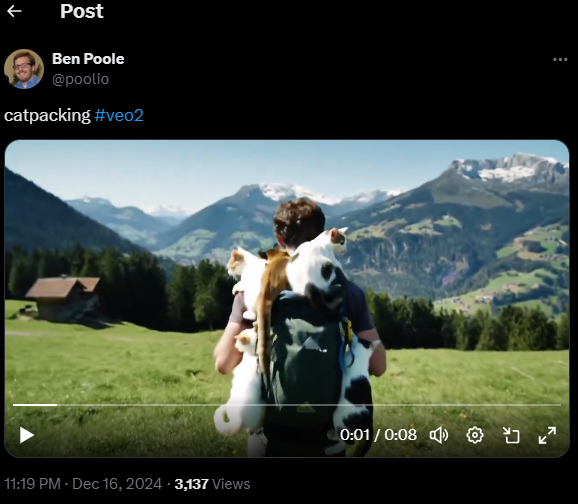
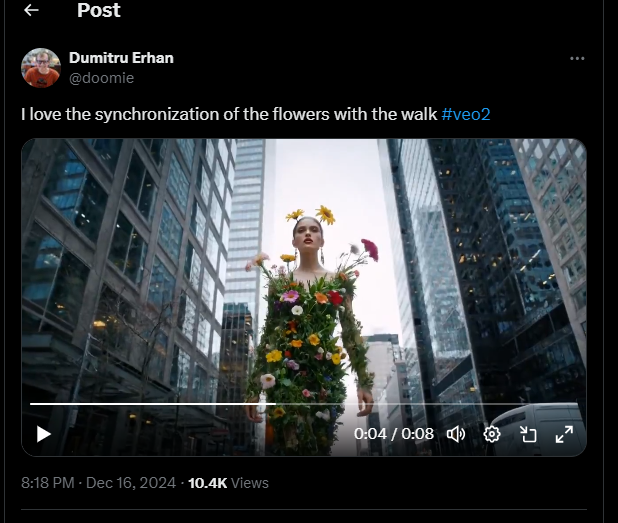
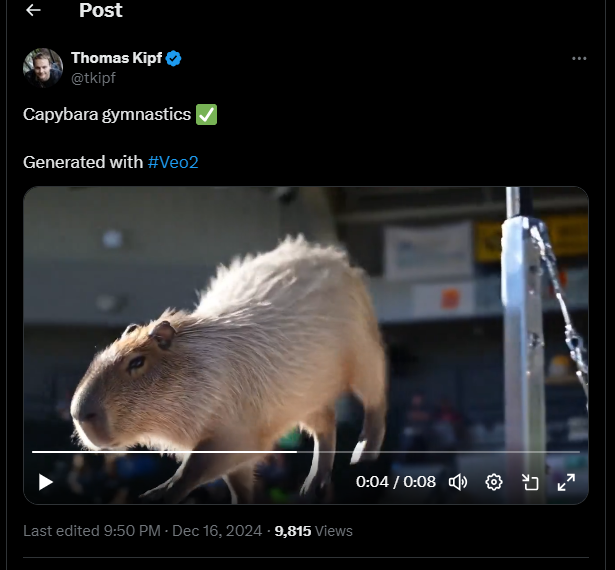
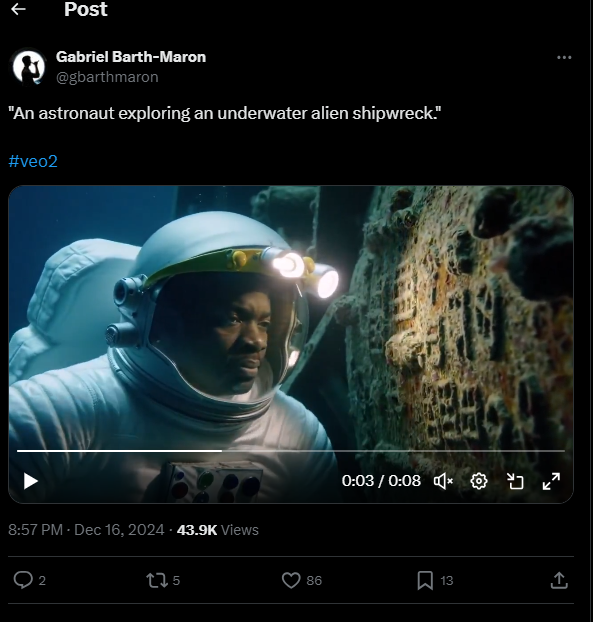
Join the waitlist here: https://docs.google.com/forms/d/e/1FAIpQLSeC6n1KQlaqRNUGNuNRt5Q7YeoyXsq828niw2ZvIoAtW1FtYQ/viewform?resourcekey=0-qDKZCeB4G9nS9dttXGdnHQ
Veo 2 vs. OpenAI’s Sora: The AI Video Race Heats Up
Google’s Veo 2 launch comes right after OpenAI reopened access to its own video tool, Sora. Both tools allow people to create videos using text prompts, but each brings its own strengths.
This competition is good news for creators because it pushes both companies to make better, more creative tools. With OpenAI’s Sora and Google’s Veo 2 now in play, creators have more options to explore AI-powered video production. This rivalry drives innovation and pushes boundaries for video realism, speed, and creativity.
Wrapping Up
Google’s Veo 2 is a big step forward in AI video creation. With its ability to produce realistic and polished videos using just text prompts, it opens up new creative opportunities for everyone.
While it’s still early days and only available on a waitlist, the excitement around Veo 2 shows that AI video tools are changing the way we create and share content.

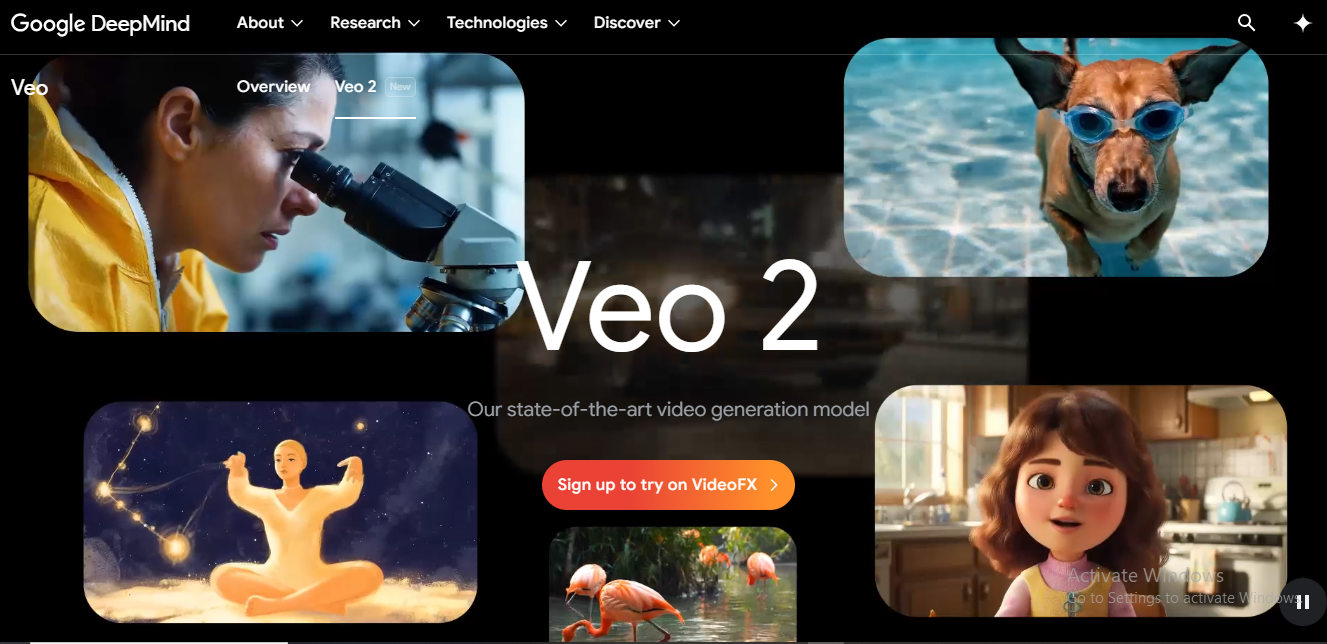














Comments 1